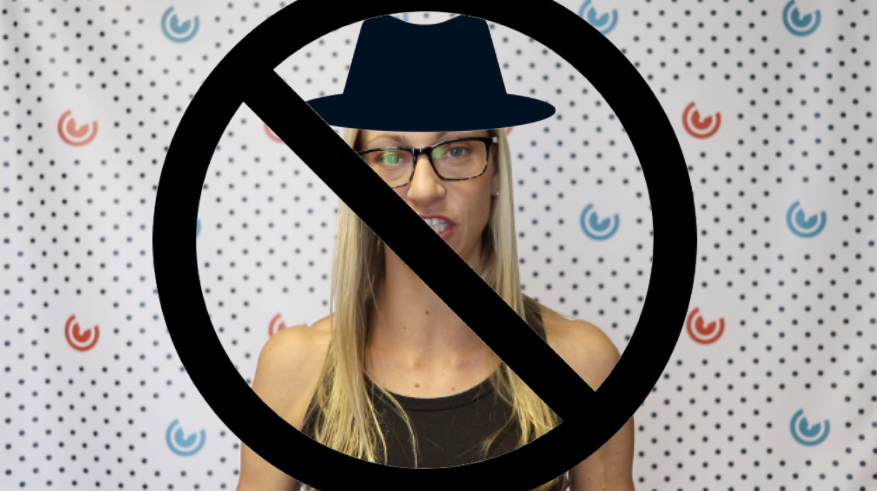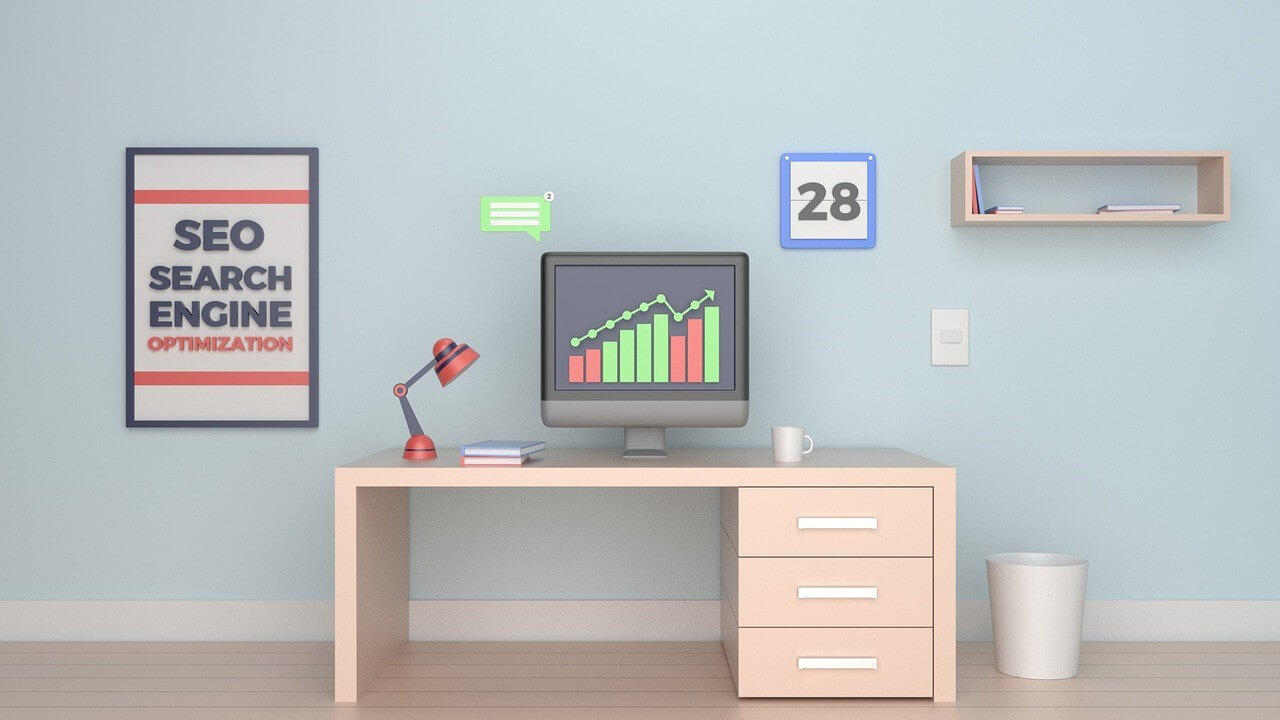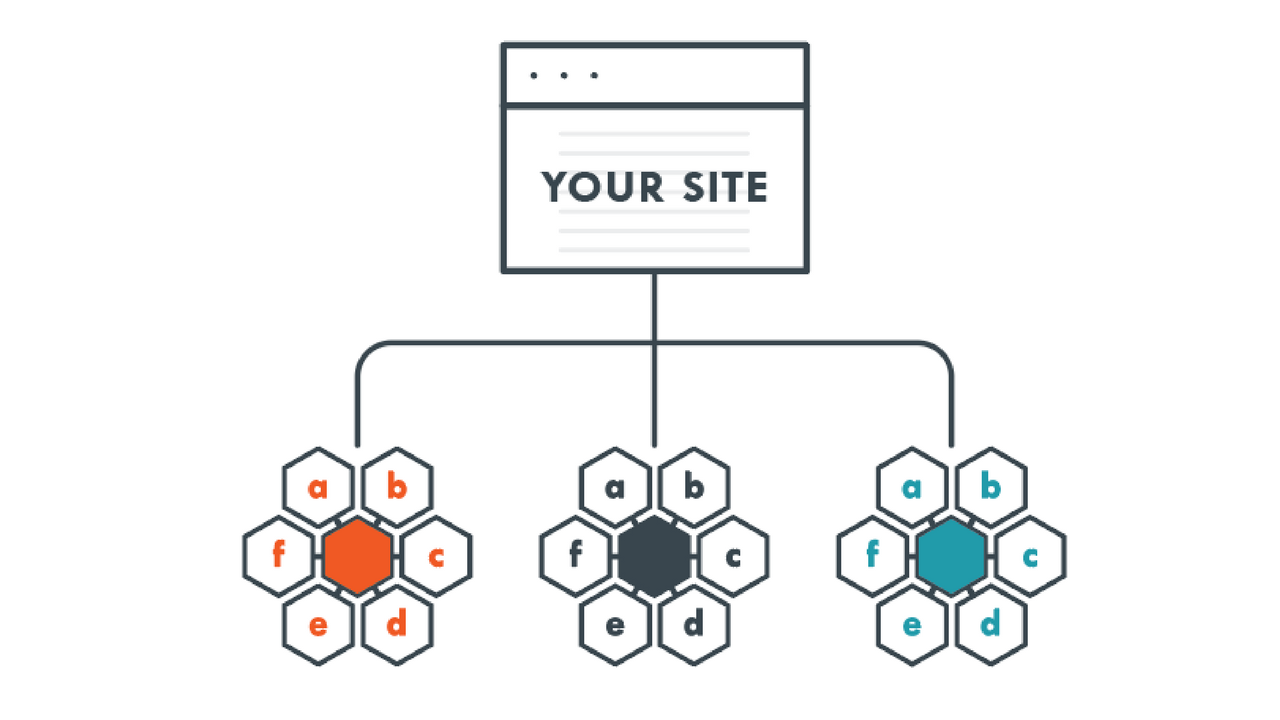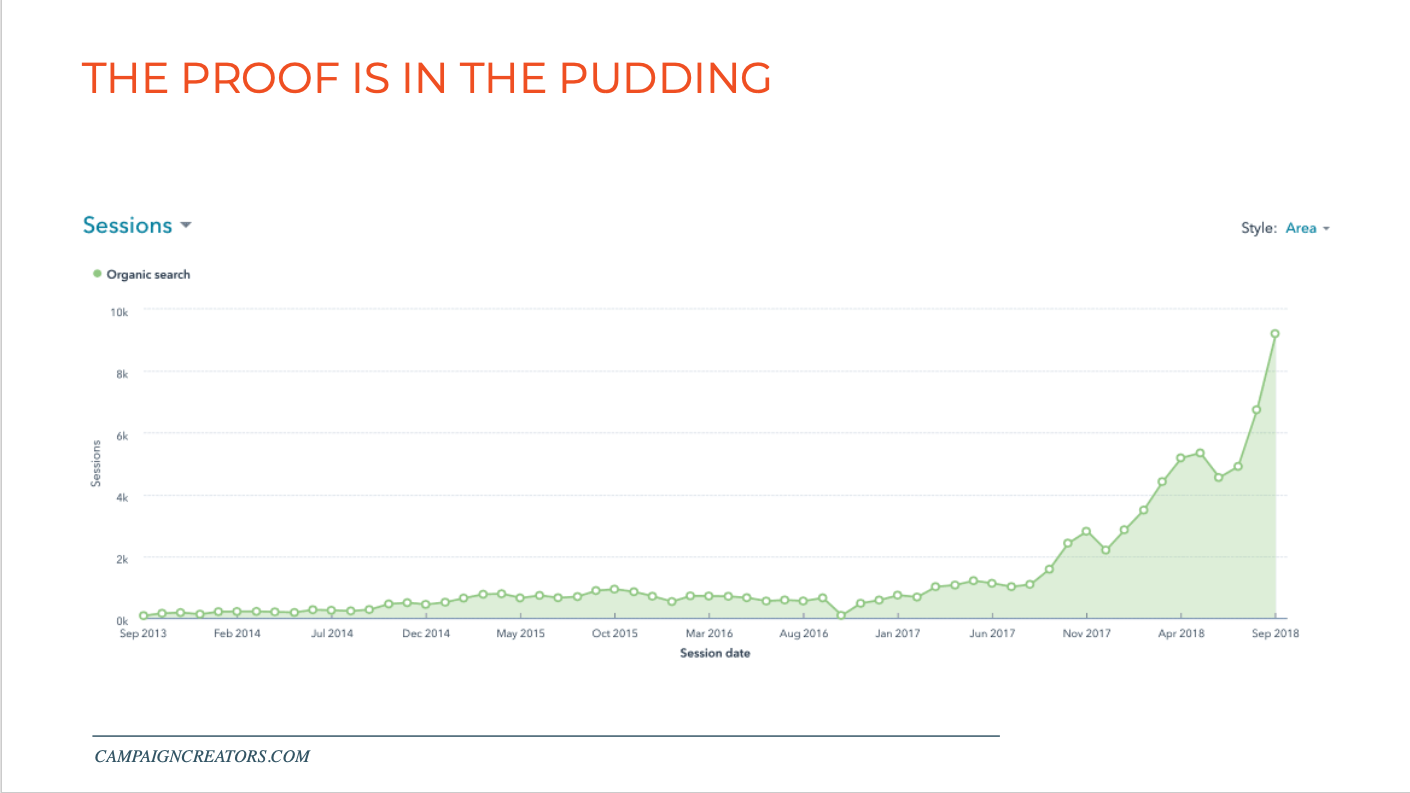Local SEO: Solutions, Tools, and Best Practices
What Is Local SEO? Local SEO helps provide users with relevant search engine results based on their current location. We’ve all seen and used this...
I know what I am looking for, and would like to chat.
A team of data-driven marketers obsessed with generating revenue for our clients.
Because the proof is in the pudding.
At Campaign Creators we live by three principles: Autonomy, Mastery, Purpose.
4 min read
![]() Tammy Duggan-Herd
:
12/16/17
Tammy Duggan-Herd
:
12/16/17

If I could sum up the last year of google updates in three words it would be: Quality, UX, Mobile. There was a huge crackdown on “black hat” link building tactics, thin content, poor UX and sites not optimized for mobile.
And if you could have only one resource to guide your SEO strategy it would be Google's Search Quality Guidelines. If you care at all about the fate of your website's traffic - read it, memorize it, live by it.
But in the meantime I'm going to get you started with a quick overview of the Google algo updates we saw in 2017 and how you can make sure your site is benefiting from them.
Google reinforced its emphasis on the mobile search experience with a new penalty affecting "intrusive interstitials" on mobile web pages. Note: This only impacted interstitials that are present when someone clicks from Google's mobile search to your web page. It doesn't currently impact desktop or what you do from within your site.
Get rid of bad mobile interstitials. This includes:
There was a period of heavy algorithm flux starting around February 1st and peaking around February 6th. It is unclear whether this was multiple algorithm updates or a single update, but what was clear was a crack down on unsavory (aka Black Hat) link building tactics. SEOs who depend on using aggressive, spammy link building saw massive hits to their rankings while more “white hat” SEO communities didn't really notice a thing.
Don't use (or hire SEOs who use) spammy and deceptive black hat link building tactics such as paying for links, duplicate content (or it's cousin article spinning), cloaking, doorway pages, etc. So if you get pitched by an SEO making promises that seem too good to be true (i.e., first page rankings in one month), run for the hills!
Algorithm changes beginning on February 1st continued for a full week, peaking around February 6th (some reported the 7th). The first effect of the update was an increase in relevancy for queries, something that has been emphasized by Google since the Panda update. Sites that had been previously ranking for queries, but then featured content only tangentially related, saw a huge hit to their rankings.
In addition, sites with low-quality user engagement, thin or low-quality content, mobile usability problems, and deceptive ad practices also experienced big drops.
Fred, an update actually confirmed by Google, targeted websites that violate Google’s webmaster guidelines. In particular, sites with affiliate-heavy or ad-centered content.
The update, dubbed “Hawk,” was a change to the way the local filter works. For some background, Google actively filters out listings from the local results that are similar to other listings that rank already. This ensures that multiple listings for the same company don’t monopolize the search results.
The Possum algorithm update in 2016 started filtering out listings that were also physically located near each other. This meant that if another business in your industry was located near you - you could get filtered out of local search results. Hawk refined the proximity filter to make it stricter - only filtering out businesses in the same building.
Besides making sure you aren't located in the same building as companies similar to yours, you can expand your keyword list and do location-specific rank tracking.
This update affected sites with tag-like pages with just a listing of links leading to more content when the content on the actual page could not meet user expectations. And once again, sites with aggressive, disruptive, and deceptive advertising, broken UI elements, or thin content surrounded by ads saw lower rankings and traffic after this update. Another aspect of this update was an even greater preference for high quality, not just decent, content.
In this update, Google began to crawl and index the mobile version of your site as its primary source for content and ranking signals. However, it's unclear if there is a separation of desktop and mobile indexation. Also, there was a huge push for https migration, which Google had been warning about.
Not an algorithm update, but still important for SEOs, Google increased the display limit on snippets from 165 characters to 230-320 in this update.
And thats your Google algorithm year in review. We hope you take 2018 to invest in killer content, give your readers a break from those aggressive ads and optimize your site for the mobile user.
If you need help developing a content strategy for your site, check out our SEO Content Services.

What Is Local SEO? Local SEO helps provide users with relevant search engine results based on their current location. We’ve all seen and used this...

We've all heard of keyword mapping and how important it is for SEO, but how do you know if you're doing it correctly, if at all? With so many...

Just to prove I'm not making an outlandish, clickbait-claim in the title, let’s cut straight to a screen shot of our web traffic analytics. In August...